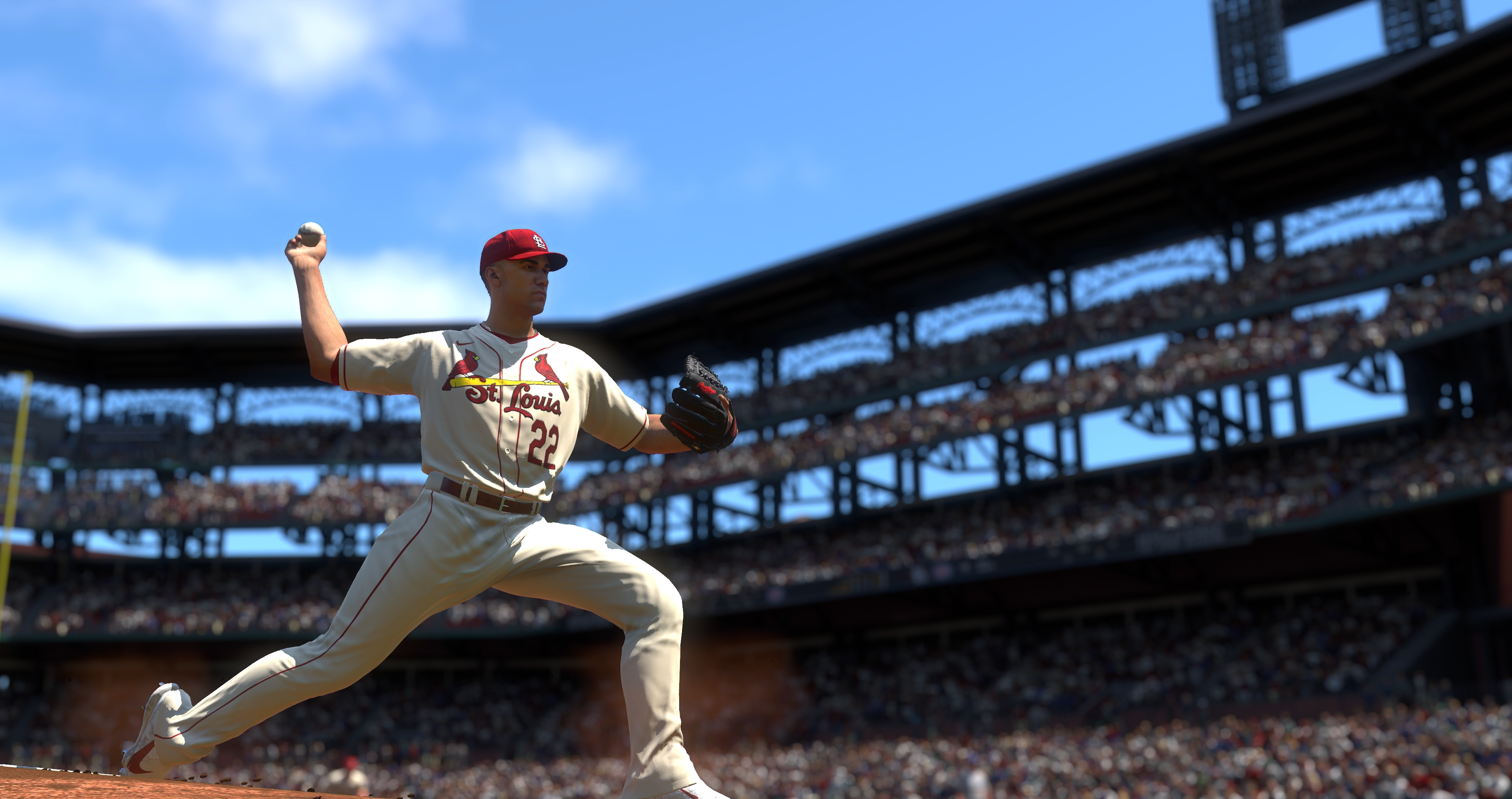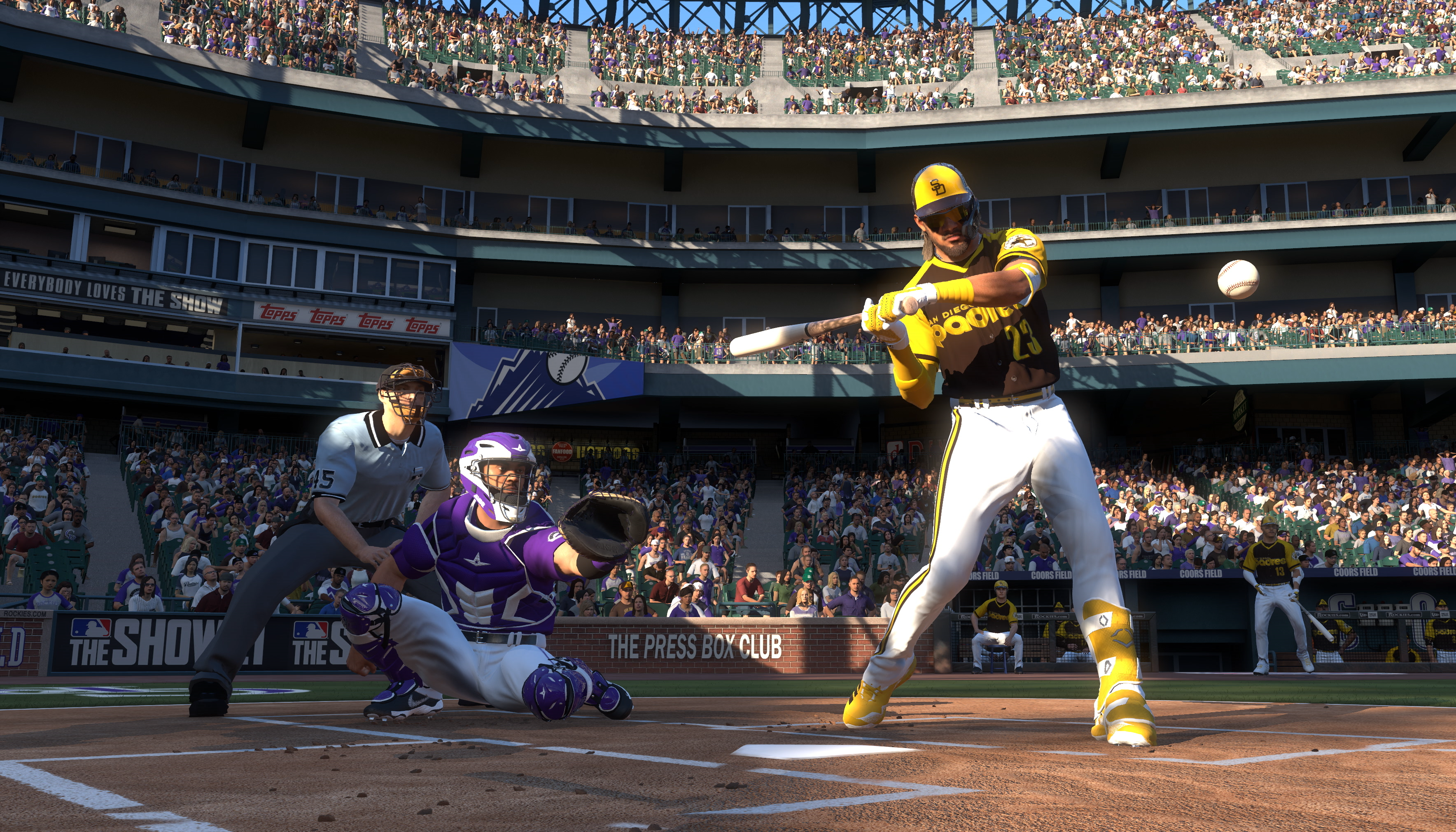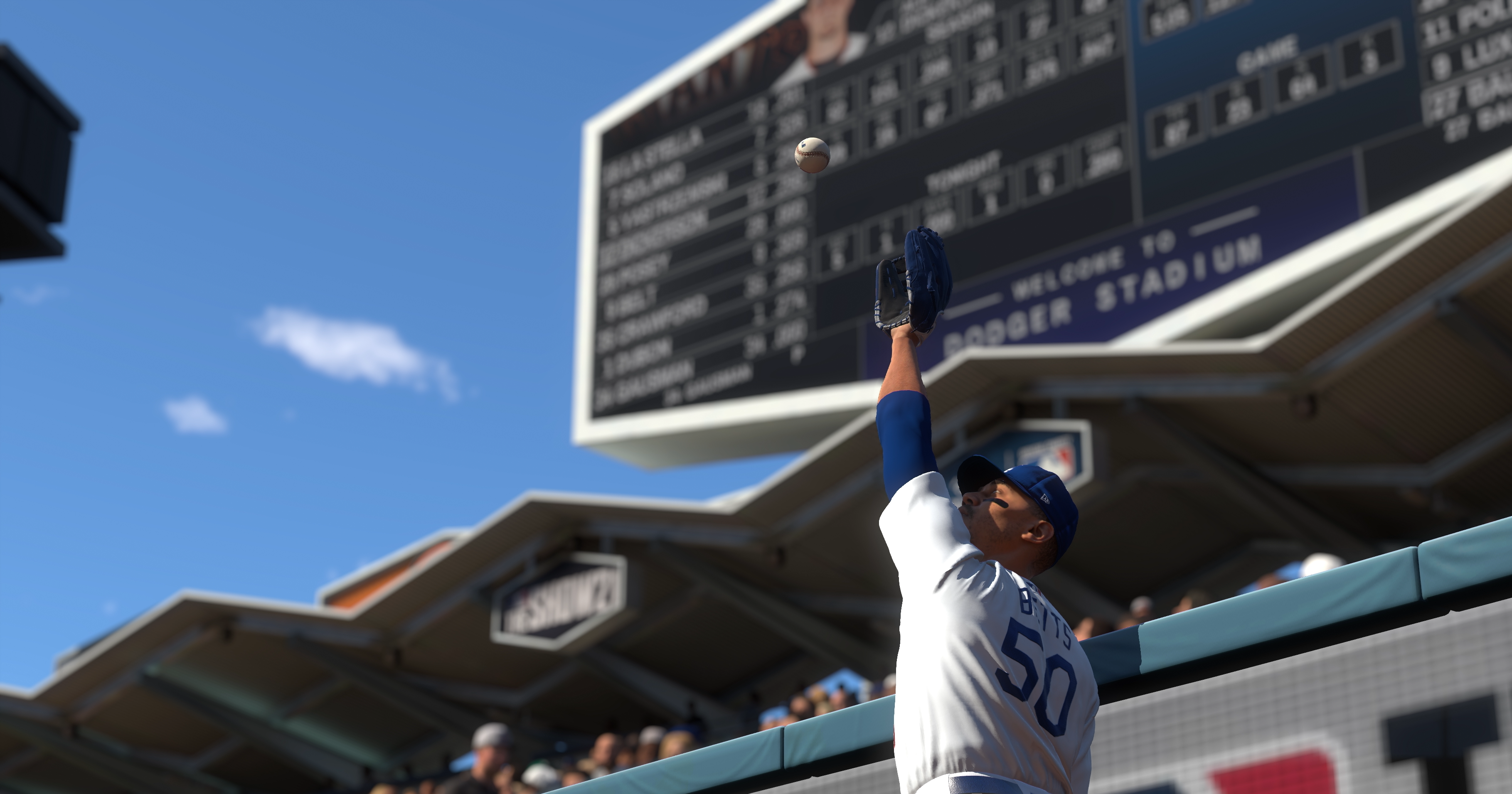Platforms:
Xbox One, PS4, PS5, Xbox Series X|S
Released:
April 20, 2021
Publisher:
Sony Interactive Entertainment
Developer:
San Diego Studio
I’m not usually one for the “annual sequel” games. I’ve played a bit of FIFA here and there and the occasional Assassin’s Creed, but that’s pretty much it. I’m generally wary of games that return to store shelves too often. In fact, MLB The Show may be the first AAA franchise I’ve played in back to back years after having reviewed last year’s release and having the opportunity to check out this new one as well. Thankfully this allows me to compare both releases and raise questions as to what the games do differently.

Regarding MLB The Show 20
To summarise my prior review, MLB The Show 20’s depth of control scheme customisation was outstanding. On the other hand, because of the rather repetitive nature of the sport, I found myself losing interest in the various game modes.
In the grand scheme of things, MLB The Show 21 hasn’t added too much to get someone like me overly excited. What has been added includes the “Gameplay Style” setting at the start which is a nice touch, tailoring the onboarding tutorials to the way you want to play. Casual style is more of a “pick up and play” that gets you quickly into the game, whereas Simulation and Competitive focus on the more technical aspects. There’s also ‘Road to the Show’ which is an update of the ‘Player Lock’ mode, but more on that later. You can also build your own custom stadiums if you’re into that kind of thing.
For the most part, it is par for the course for this type of development. Each new title is an iteration, another layer of polish, another step towards some hypothetical “perfect baseball game”. All these changes are doubtless improvements, but there is still that persistent question common to these kinds of franchises: “Is it worth picking it up if I played it last year? Are the changes worth dipping in another time?”. The answer for me is no, but I’m not truly devoted enough to the series, whereas other players could well find this to be a great release.
A swing at the mechanics
“Most games, however, don’t reach the standards set by this series”
When it comes to the MLB The Show, the thing that I adore most about this franchise is its controls. When you open the control options in other games, you’ll be presented with control mapping. Maybe they’ll even let you rebind your controls however you so choose. The more options the better, with a positive trend in recent years pushing towards more accessible gaming standards which is a wholly positive thing. Most games, however, don’t reach the standards set by this series. The kind of customisable, granular offering that MLB and a small handful of other sports games manage to attain is phenomenal. I suppose that’s one of the good things about having annual sequels, it gives room and time and resources to add all these little tweaks and choices to the experience.
What MLB brings to the table that many games don’t is the ability to properly overhaul the control schemes. Batting, pitching, and fielding have their own customisable settings. I suppose the other side of the coin is that it may take a bit of trial and error and tweaking to find a setup that works for you, but at least everybody is catered for. It’s worth mentioning that this title has brought a new pitching mechanic to the table, and a rework of the fielding. This franchise, if nothing else, is committed to bringing you a lot of options. It’s all about helping you find what you’re good at and what you’re bad at and using the options to tailor the best mechanical experience.
Obviously, as the second MLB title I’ve played in a row, I already had a bit of an idea of how everything would play out for me. Batting was where I wanted a bit more control and I was happy with taking on the additional challenge here. As a fantastic pitcher, I also chose the more technical scheme here, finding a setting within my skill range, with a high degree of control. On the other hand, I really could not get a handle on the fielding. Players would run in the wrong spot, or past the ball, or would just stare at the ball hitting the ground in front of them. Those are the kind of issues that would cost me runs, and in due time the game would be completely out of reach. Thankfully I could make this aspect of the game easier for myself.
In a game with a universal “control complexity” knob, I would either hit the skill ceiling on pitching or batting or would be crushed in every game over dropped catches. With these individual schemes for each action, MLB provides some of the most satisfying player experiences regarding the difficulty of play. It’s easy enough that anyone can jump into, but there is still an encouragement to opt for more complex controls if you’re up for the challenge, thus granting more control over your actions.

A very familiar ball game: The Show’s game modes
The real test of course with MLB The Show 21 is the one drawback of its predecessor: game modes. So, what does MLB The Show 21 have in its repertoire? Well, it tries admirably, but it’s invariably the same game no matter where you start.
MLB The Show 21 has some season and career-like modes here, such as Diamond Dynasty and Franchise; an obvious choice for most sports games. In essence, you pick your favourite team and play them through a season. In fairness, it’s more a case of a series of exhibition matches but with the added context of a much larger season loop. A game has ups and downs and challenges, and in a season those ups and downs carry more weight. They become statistics, data points borne out upon the leaderboard. It’s a different mode, but when you’re playing a game in a season, compared to a single game, it’s still the same ball game, just with a little extra ambience.
“By narrowing the focus on a single player… the game becomes more comprehensible”
Road to the Show, an updated version of the “Player Lock” mode, is essentially the opposite in that it shrinks the scope. Whether playing in an exhibition or a season, there is a tight focus on your individual player. It’s a bit of a shrinking of the scale, though I don’t mean this as a negative. Precisely timing when all your base runners should move or controlling a whole team of fielders can be a lot to juggle. By narrowing the focus on a single player, when that one person should act, the game becomes more comprehensible, and also a bit more dramatic. I’d feel a bit nervous batting or timing out a base run, lest I screw up my player’s reputation.
On a similar level, I enjoy the March to October mode, an abbreviated version of a full game. The games are shorter, typically starting you in the sixth innings or so, the latter half of proceedings. I’ll just put it out there: a full set of baseball innings take quite a while. I suppose compared to other sports like golf or soccer, it’s a bit harder to speed things up without fundamentally altering some aspects of the sport itself. Even with the ability to cut the unnecessary stuff, the time between pitches, delay of batter and team changeovers, it’s still a time commitment. Jumping into a smaller game, whether as a single player or as a team for a few innings only, is a bit easier to maintain the excitement. The mini-challenges thrown into March to October also add a bit of focus and a bit of extra engagement to the mode.

There are of course other aspects if you want to dip into it. Team Management, for example, lets you add some little bits of additional strategy if you are so inclined. It is thankfully not a massive part of the game if you, like me, are not particularly interested. Retro Mode is a very arcade-inspired version of baseball, with a change up to the mechanics and visuals. It’s refreshing, but it is so different it feels a bit divorced from the rest of the game. It often feels like a bonus, a palette cleanser, rather than a mode in its own right.
It’s worth saying that as much as I loved last year’s iteration of The Show, I dropped that game very quickly after the review was out. The only real reason that makes sense, is that it just didn’t have a lot of variety to keep me entertained for a long time. The disadvantage of sports games, and really the main reason that the gameplay mechanics get so much attention, is that it kind of is the beginning and the ending of the whole experience. Of course, this is to be expected, no one’s going to start putting the baseball on the ground and kicking it around or anything. The game of baseball is static: hit the ball, run to square, throw ball and catch ball. There is only so much juice MLB The Show 21 can get out of that fruit. It is a singular experience, and it’s hard to get the kind of variety needed to keep people playing.
8
Great
Positive:
- Control customisation is fantastic
- Gameplay is solid all-around
- Another great release in a well-established franchise
Negative:
- Could go harder on iteration, including brand new game modes
As is the case with many annual sequels, MLB The Show 21 is an iteration and improvement over its predecessor. Having said that, if you bought The Show 20, I personally can’t see enough of a change to justify getting 21 in my opinion. There are improvements to the game modes that deserve praise, though I don’t know if it will keep me on the hook for a very long time. Having said that, both titles share some fantastic elements, such as the impressive depth of mechanical customisation, which by itself carries the game into high regard.





